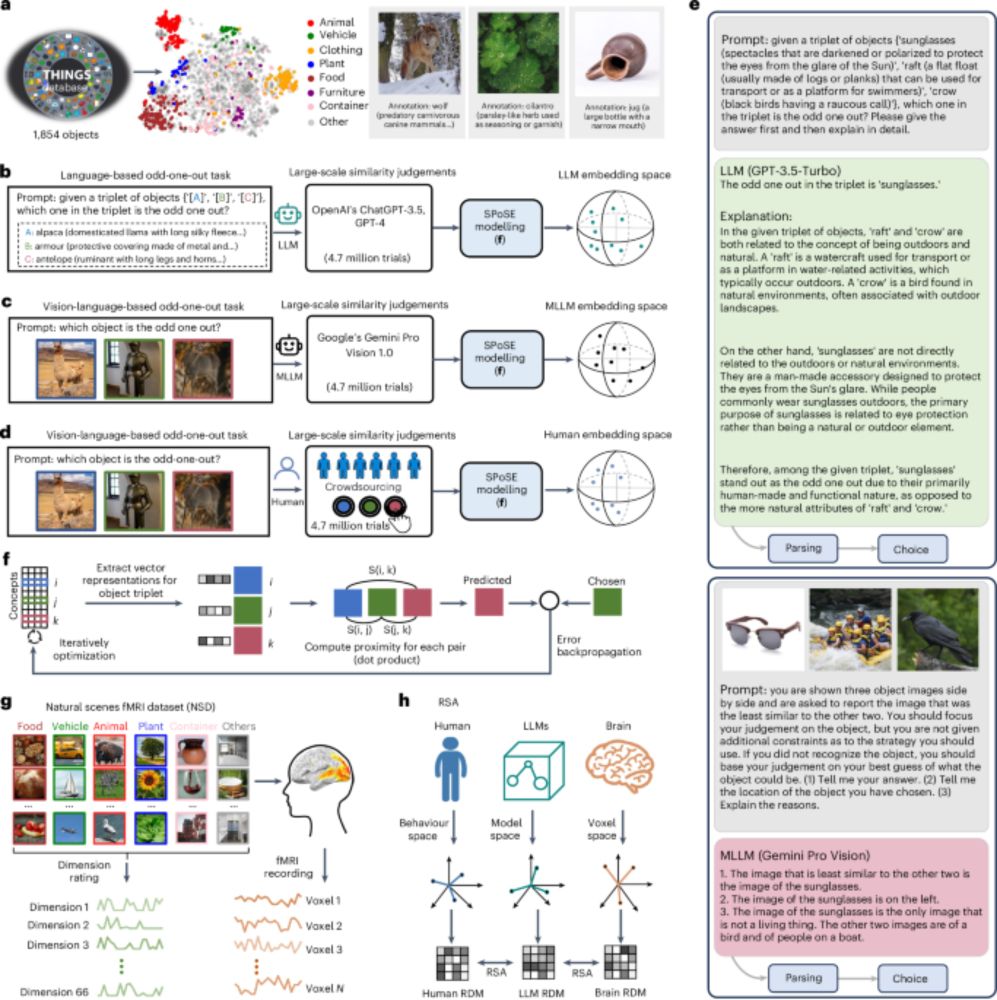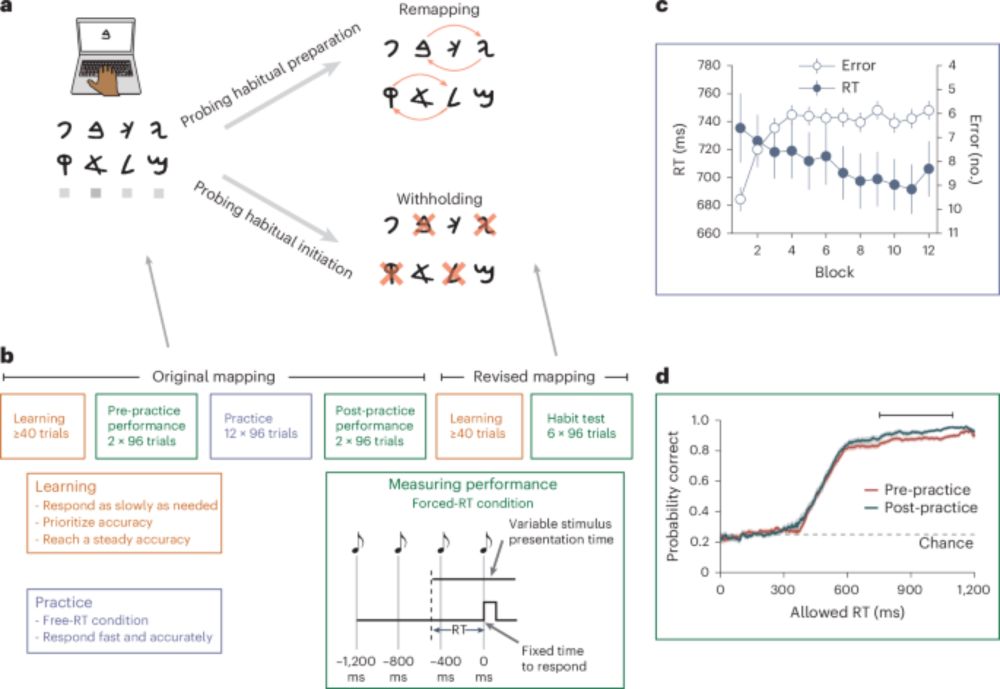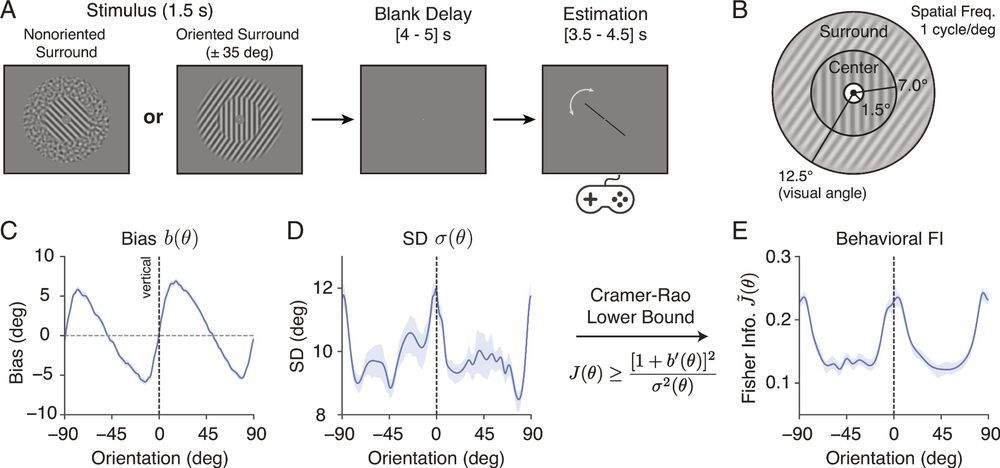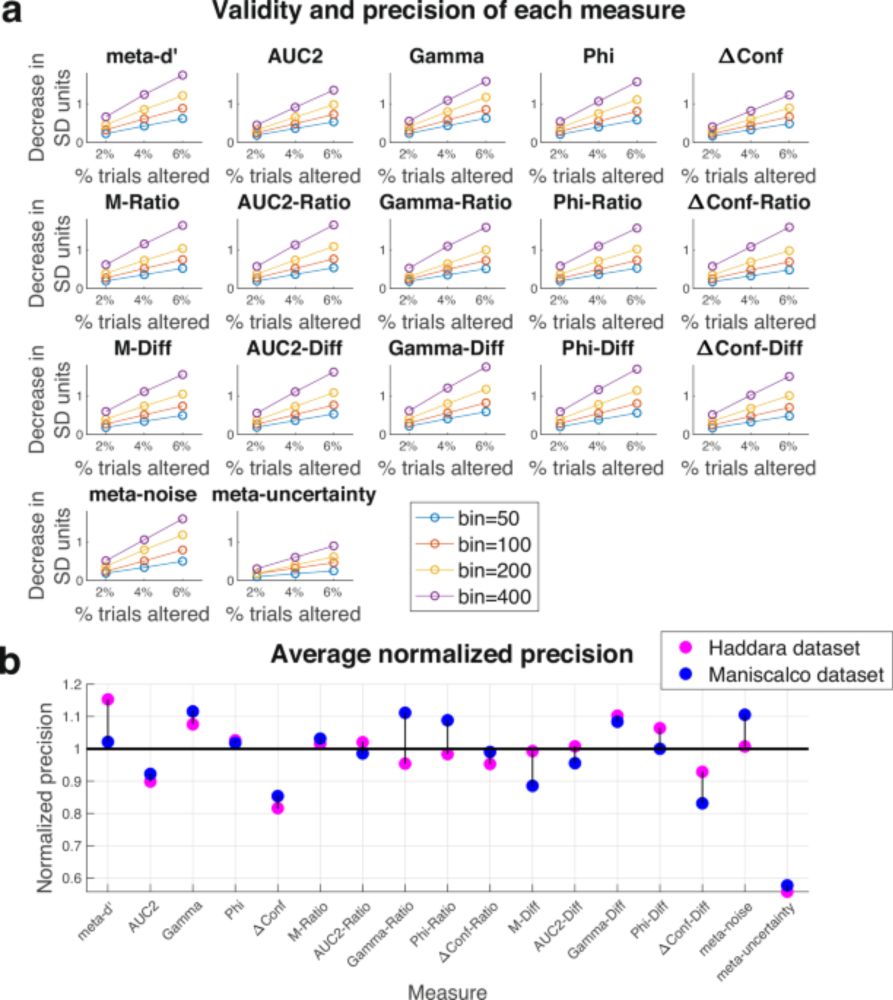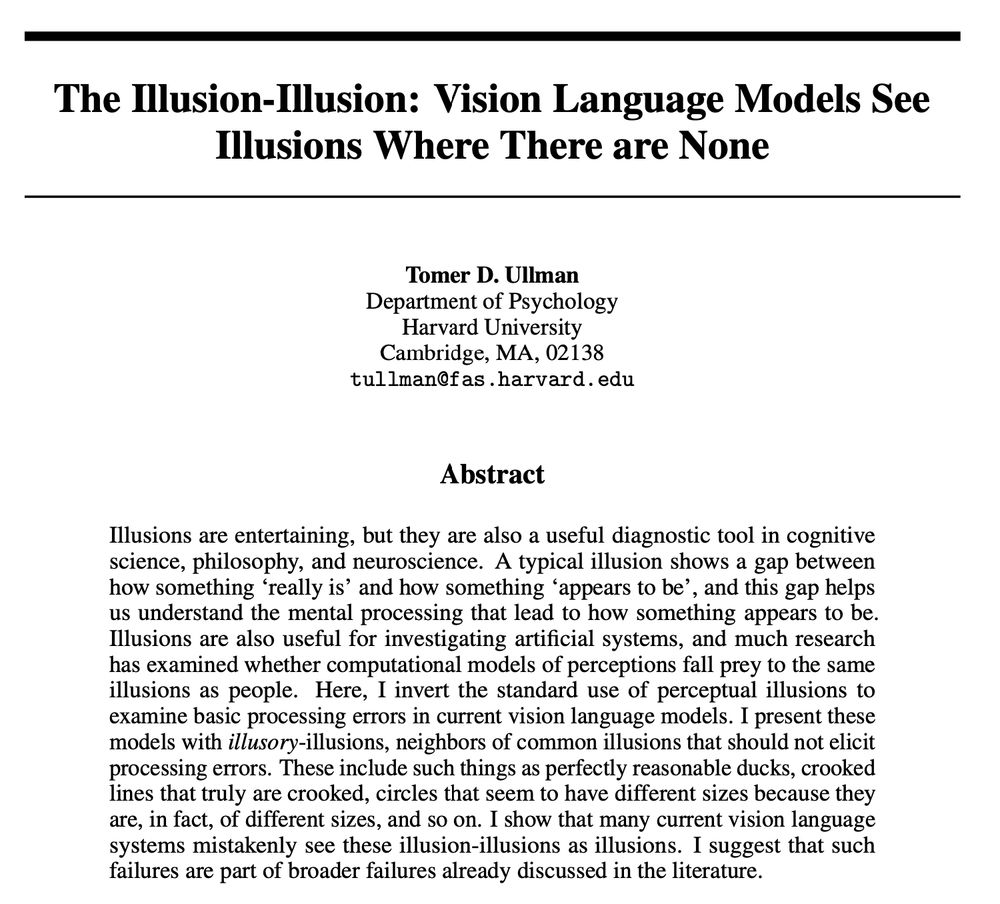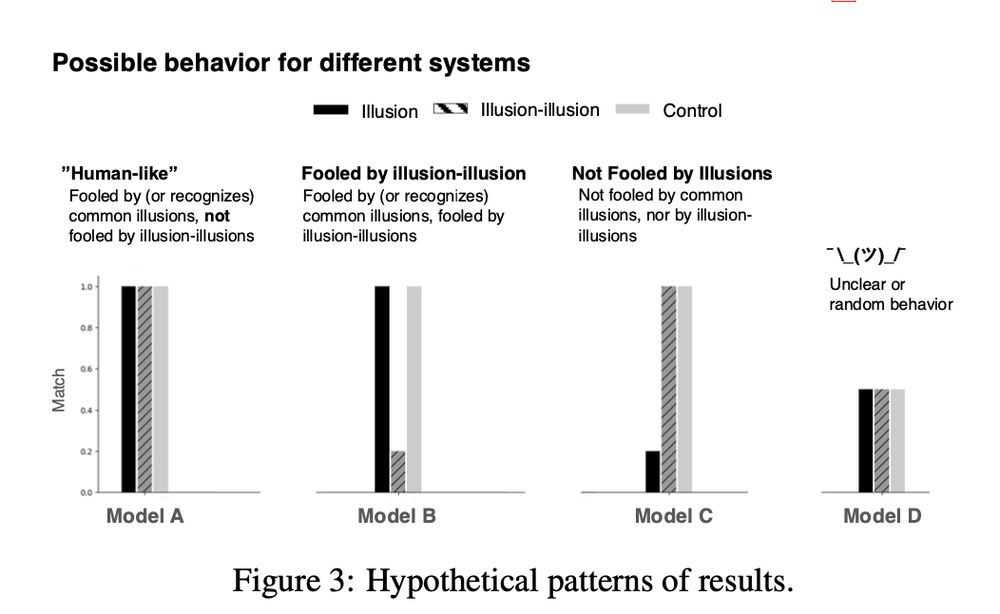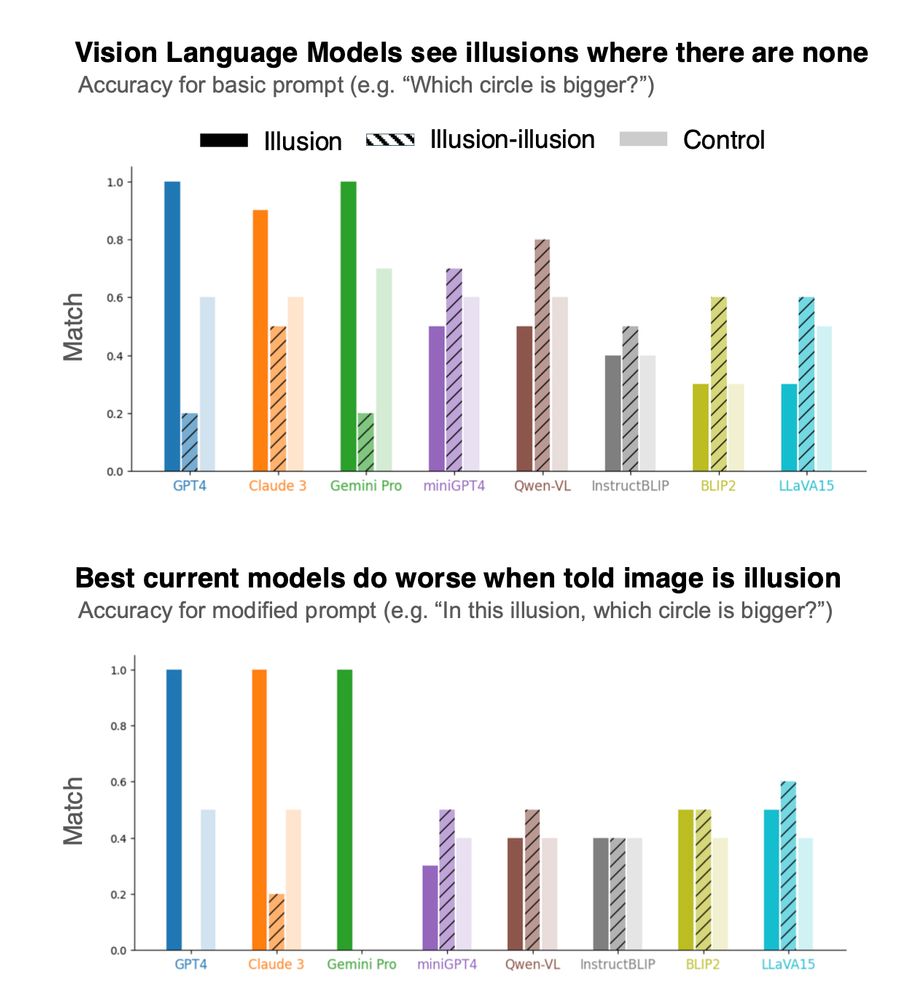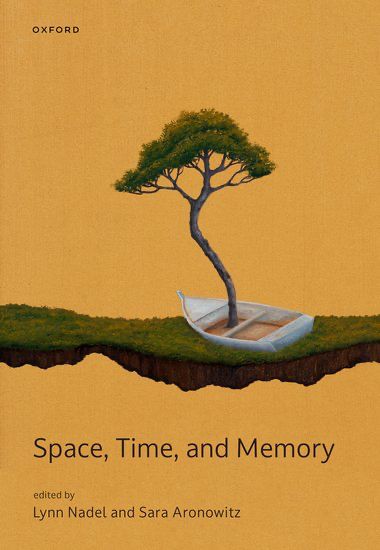

Pleased to say "Space, Time, and Memory", an academic book by Oxford University Press edited by the inimitable Lynn Nadel & Sara Aronowitz is now out.
I contributed a chapter, "Memory and Planning in Brains and Machines".
You can download the entire book for free:
library.oapen.org/bitstream/ha...
09.06.2025 20:48 — 👍 100 🔁 31 💬 7 📌 0
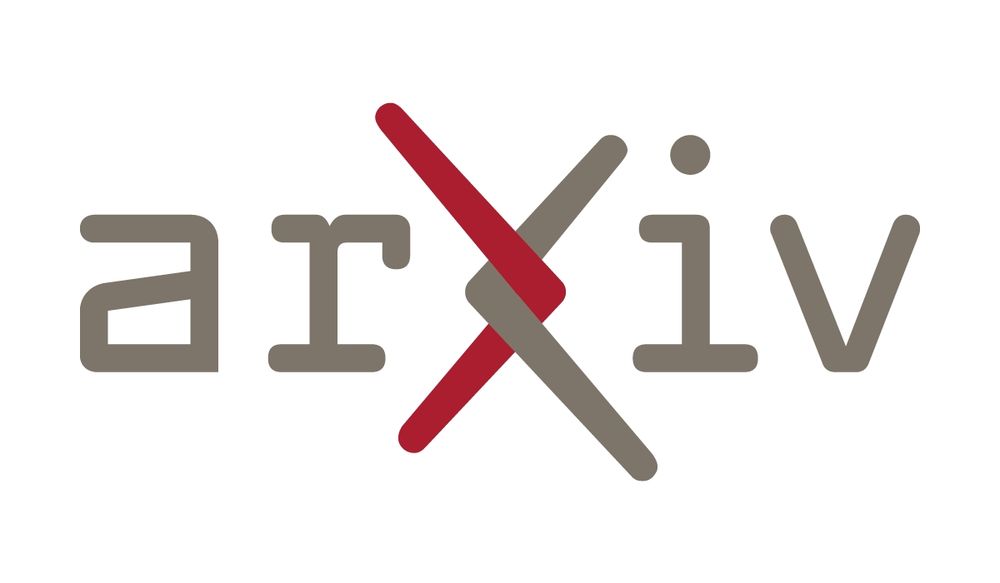
Metacognition and Uncertainty Communication in Humans and Large Language Models
Metacognition, the capacity to monitor and evaluate one's own knowledge and performance, is foundational to human decision-making, learning, and communication. As large language models (LLMs) become i...
like a metacognitive evaluation? in my understanding metacog is at best weird, but more likely just not even present in most if not all LLMs. they don't do anything like "decide when more context is needed" anything like we do.
not an LLM expert but i do know abt metacog!
arxiv.org/abs/2504.14045
10.06.2025 04:39 — 👍 13 🔁 4 💬 2 📌 0
Computation and Cognition @ HMU Potsdam
Computation and Cognition @ HMU Potsdam
We have a PhD position for an upcoming project in metacognition research in Potsdam / Berlin. A great opportunity for those interested in cognitive modeling of confidence and EEG.
More information at coconeuro.github.io/phd2025
Kindly share this opportunity with potential candidates - Thanks!
04.06.2025 11:07 — 👍 24 🔁 20 💬 1 📌 1
Harvard today, your institution tomorrow.
It's all part of the Project 2025 plan to destroy high education in America.
All leading US universities depend on federal funding and tuition dollars from international students. They severely curtailed the former. Now they're eliminating the latter.
22.05.2025 18:38 — 👍 1539 🔁 644 💬 48 📌 44
Very happy this is finally out 🎉. In this paper, we show that conf. reports are biased by a visual illusion, an asymmetrical base rate and a payoff scheme. Crucially, we show that only the visual illusion affects subj. experience, suggesting decision bias leaks onto confidence reports.
22.05.2025 10:53 — 👍 30 🔁 11 💬 2 📌 1

Communication of perceptual predictions from the hippocampus to the deep layers of the parahippocampal cortex
High-resolution neuroimaging reveals stimulus-specific predictions sent from hippocampus to the neocortex during perception.
Our study using layer fMRI to study the direction of communication between the hippocampus and cortex during perceptual predictions is finally out in Science Advances! Predicted-but-omitted shapes are represented in CA2/3 and correlate specifically with deep layers of PHC, suggesting feedback. 🧠🟦
22.05.2025 01:55 — 👍 162 🔁 52 💬 3 📌 1
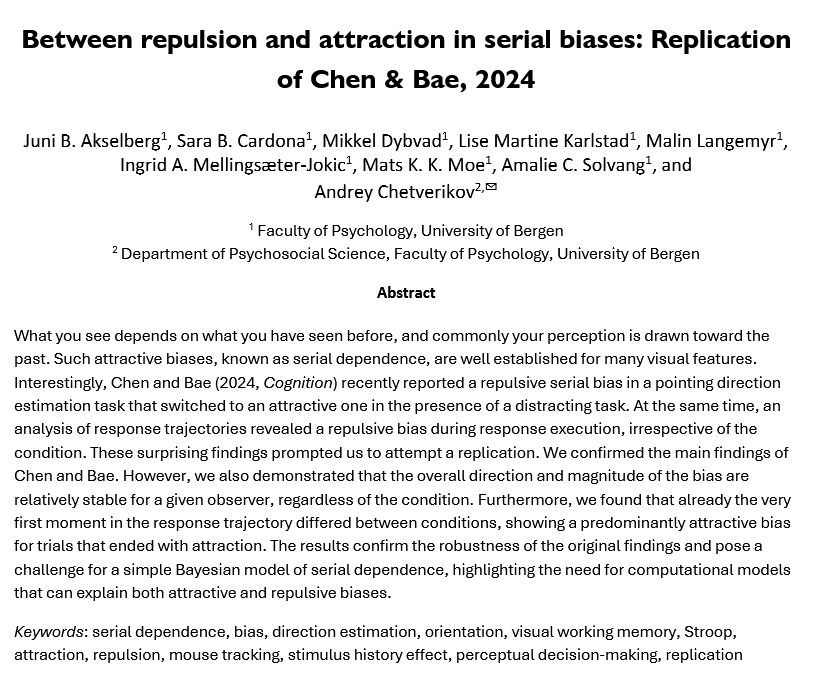
a screenshot of the preprint first page, with the text:
Between repulsion and attraction in serial biases: Replication of Chen & Bae, 2024
Juni B. Akselberg, Sara B. Cardona, Mikkel Dybvad, Lise Martine Karlstad, Malin Langemyr, Ingrid A. Mellingsæter-Jokic, Mats K. K. Moe, Amalie C. Solvang, and
Andrey Chetverikov
1 Faculty of Psychology, University of Bergen
2 Department of Psychosocial Science, Faculty of Psychology, University of Bergen
Abstract
What you see depends on what you have seen before, and commonly your perception is drawn toward the past. Such attractive biases, known as serial dependence, are well established for many visual features. Interestingly, Chen and Bae (2024, Cognition) recently reported a repulsive serial bias in a pointing direction estimation task that switched to an attractive one in the presence of a distracting task. At the same time, an analysis of response trajectories revealed a repulsive bias during response execution, irrespective of the condition. These surprising findings prompted us to attempt a replication. We confirmed the main findings of Chen and Bae. However, we also demonstrated that the overall direction and magnitude of the bias are relatively stable for a given observer, regardless of the condition. Furthermore, we found that already the very first moment in the response trajectory differed between conditions, showing a predominantly attractive bias for trials that ended with attraction. The results confirm the robustness of the original findings and pose a challenge for a simple Bayesian model of serial dependence, highlighting the need for computational models that can explain both attractive and repulsive biases.
Keywords: serial dependence, bias, direction estimation, orientation, visual working memory, Stroop, attraction, repulsion, mouse tracking, stimulus history effect, perceptual decision-making, replication
New preprint! Serial dependence is assumed to be attractive, but some studies consistently show repulsion. We tried to replicate a surprising repulsive serial bias that switches to an attractive one when people get distracted during the memory maintenance. It worked! osf.io/preprints/ps... 🧵
21.05.2025 09:48 — 👍 9 🔁 2 💬 1 📌 1

Alpha power indexes working memory load for durations
Timing, that is estimating, comparing, or remembering how long events last, requires the temporary storage of durations. How durations are stored in working memory is unknown, despite the widely held ...
Episode II of how are durations stored in working memory:
Besides replicating our previous findings, we find that
alpha power reflects a universal signature of WM load and mediates recall precision, even for abstract information like duration
www.biorxiv.org/content/10.1...
🔽 co-authors below
15.05.2025 11:15 — 👍 18 🔁 8 💬 1 📌 0
Great to see our research, led by @johannakuci.bsky.social, covered in The Transmitter. One of the more surprising findings to have come out of the lab.
30.04.2025 16:44 — 👍 12 🔁 3 💬 0 📌 0
Dynamic modulation of confidence based on the metacognitive skills of collaborators! Now out in @cognitionjournal.bsky.social New work from
@felixhermans.bsky.social Simon Gaia @majafr.bsky.social
and me! Paper here: pubmed.ncbi.nlm.nih.gov/40262423/ Details ↓↓↓
30.04.2025 12:30 — 👍 13 🔁 6 💬 3 📌 1
I'm super excited that our new preprint titled "Intrinsic rewards guide visual resource allocation via reinforcement learning" with Rodrigo Raimundo and Paul Bays (@bayslab.org) is finally out! www.biorxiv.org/content/10.1...
1/n
#visionscience #compneurosky #neuroskyence
28.04.2025 16:06 — 👍 6 🔁 2 💬 1 📌 0
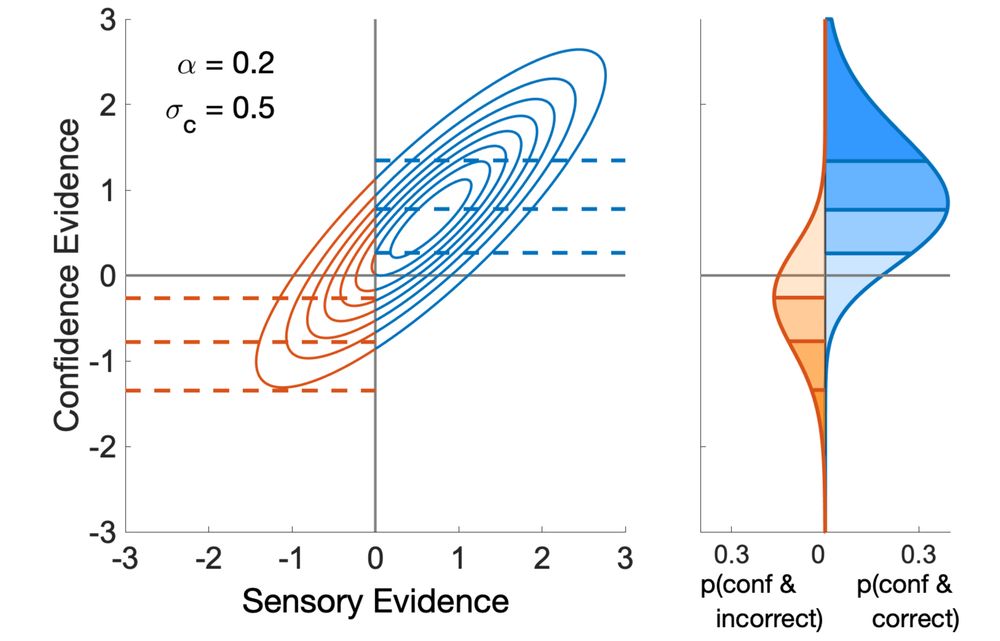
relationship between sensory evidence and confidence evidence
If you work with perceptual confidence judgments, you may be interested in our CNCB model of confidence ratings. Joint work with Vincent de Gardelle.
Uncorrected proofs here:
dx.plos.org/10.1371/jour...
(🧵 1/4)
22.04.2025 13:51 — 👍 72 🔁 31 💬 1 📌 0
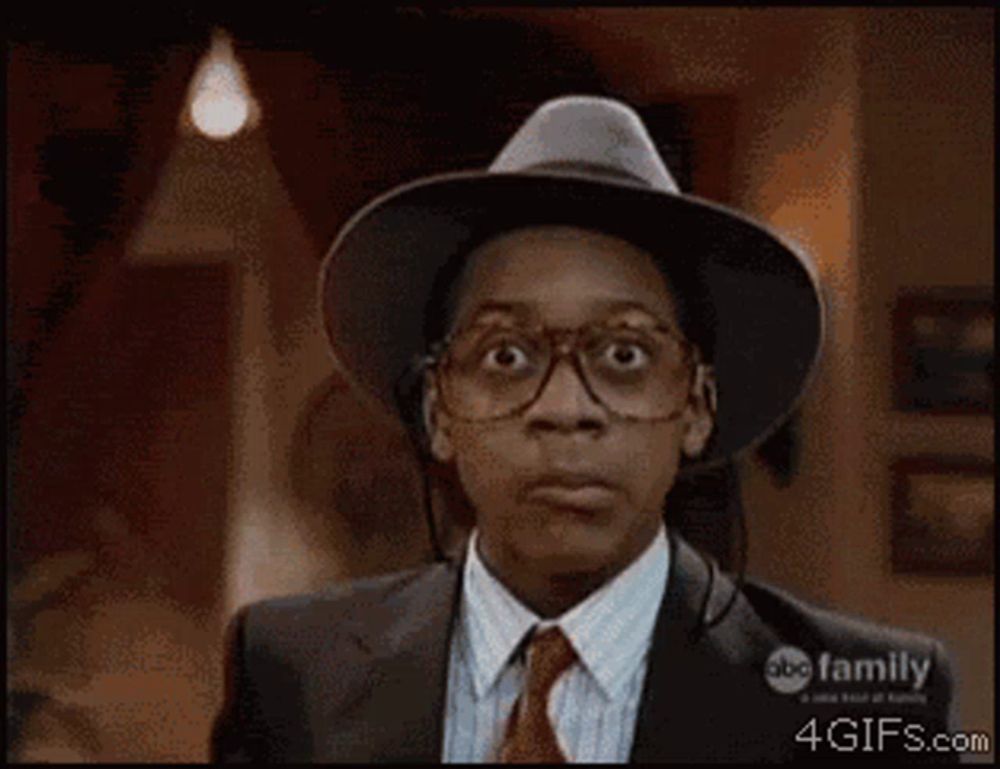
a close up of a man wearing glasses and a hat with abc family on the bottom
ALT: a close up of a man wearing glasses and a hat with abc family on the bottom
Hey Bluesky! I’m excited to share my new preprint with @matanmazor.bsky.social and @ruvidar.bsky.social, where we show that surface-level questionnaire filling behaviours drive correlations between mental health and metacognition (confidence ratings). osf.io/preprints/ps... [1/14]
17.03.2025 17:16 — 👍 67 🔁 22 💬 4 📌 3

The title of the paper, "Beliefs about Perception Shape Perceptual Inference: An Ideal Observer Model of Detection", with the author names, and Fig. 1: a schematic of an inverse optics account of vision.
Our "I would have seen it if it were there" paper — a collaboration with @ranimo.bsky.social and @clarepress.bsky.social — is now out in Psych. Review.
There’s a lot in this paper, but here are what I see as the 3 main takeaways:
psycnet.apa.org/fulltext/202...
21.03.2025 16:48 — 👍 113 🔁 40 💬 8 📌 6
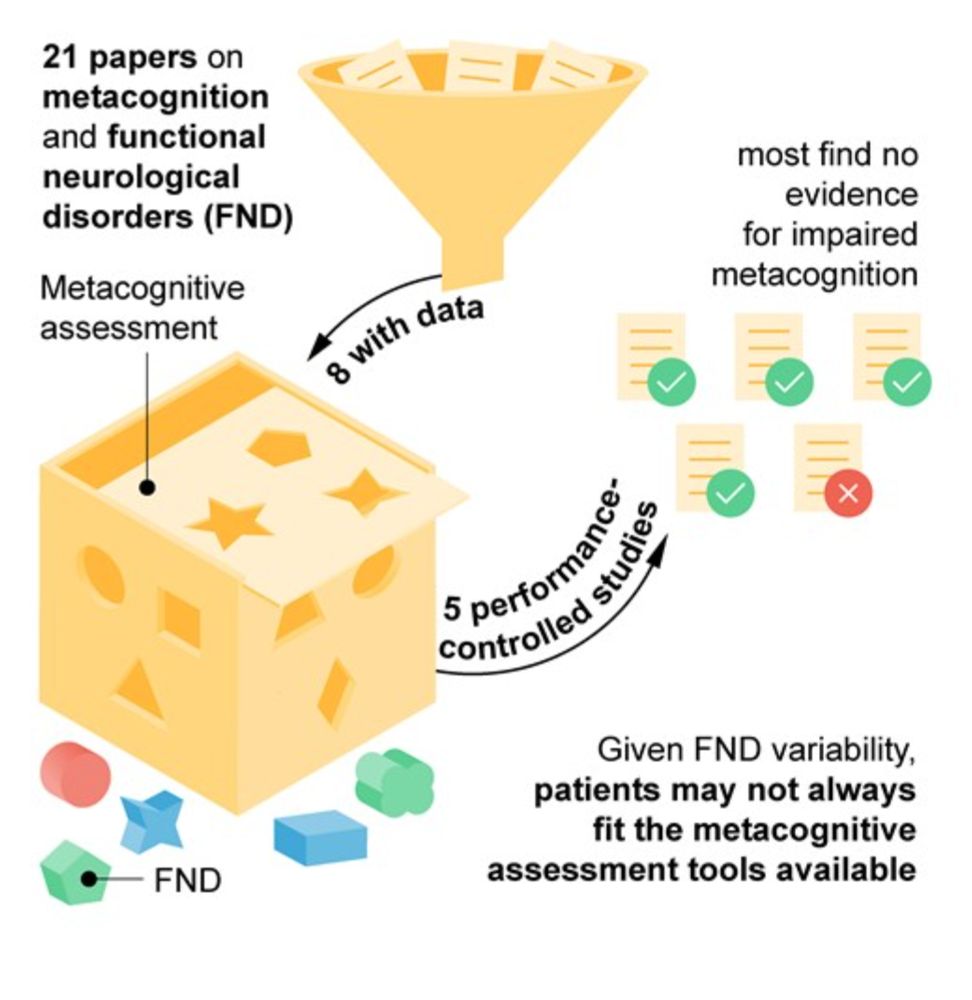
Going ‘meta’: a systematic review of metacognition and functional neurological disorder
Sadnicka et al., overview experimental data that has examined metacognition in patients with functional neurological disorders (FND). Interestingly, most s
Lovely/comprehensive review of metacognition and functional neurological disorder; a condition that demands a metacognitive interpretation: doi.org/10.1093/brai...
The emerging picture aligns with findings in psychopathology more broadly—metacognitive performance is often equivalent to controls.
17.01.2025 06:56 — 👍 33 🔁 18 💬 1 📌 0
Thanks a lot, Marlene! 🙂
11.01.2025 10:22 — 👍 0 🔁 0 💬 0 📌 0
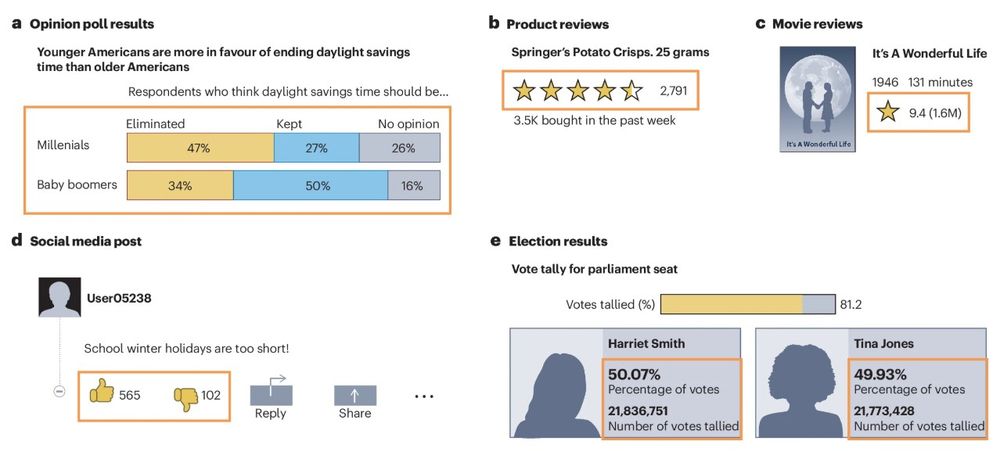
How aggregated opinions shape beliefs
Review by Kerem Oktar & Tania Lombrozo
Web: go.nature.com/40lJX56
PDF: rdcu.be/d5tor
07.01.2025 14:59 — 👍 47 🔁 13 💬 0 📌 2
DIM C-BRAINS
Cognition and Brain Revolutions: Artificial Intelligence, Neurogenomics, Society
Please, spread!
🧠 Competitive PhD funding is available for neuroscience projects in the Parisian region. Consider your options 👇
dim-cbrains.fr/en/phd-progr...
@c-brains.bsky.social
06.01.2025 12:59 — 👍 12 🔁 15 💬 1 📌 1

How can sharing our uncertainty with others alter our confidence when we're alone?
Delighted to share the lab's new paper, with Einar Andreassen and @cdfrith.bsky.social. Particularly pleased as it's Einar's first!
Link: osf.io/preprints/ps...
🧵👇
#PsychSciSky
#neuroskyence
02.01.2025 11:54 — 👍 71 🔁 19 💬 1 📌 2
My first paper out 🎉 Huge thanks to project supervisor & lead author @sam.re and my collaborators!
22.12.2024 09:36 — 👍 5 🔁 1 💬 0 📌 0

Humans are curious not just about the world, but also about their own minds. In our new paper, we describe a specific form of curiosity in which people strategically seek information not only about their decisions but also about the accuracy of their self-evaluations. psycnet.apa.org/fulltext/202...
20.12.2024 09:31 — 👍 65 🔁 14 💬 1 📌 1
APA PsycNet
Meta-analysis (n=52 studies, 195 effect sizes) confirms the incubation effect: taking breaks away from a problem leads to more creative solutions (d=0.39)
19.12.2024 14:39 — 👍 110 🔁 26 💬 8 📌 8
Check out @bkhmsi.bsky.social's summary of our new paper:
We identify "language network" units in LLMs using neuroscience approaches and show that ablating these units (but not random ones) drastically impair LLM language performance--moreover, these units better align with human brain data.
19.12.2024 15:58 — 👍 40 🔁 10 💬 1 📌 1
Assistant Professor at the Department of Psychology at Háskóli Íslands. Part of the Icelandic Vision Lab.
She/her
The UCCR is an interdisciplinary centre advancing the scientific study of consciousness, with a focus on altered and non-ordinary states.
https://www.uccr.uk/
🥼🪷🍄🧘♀️
Sir Henry Wellcome Postdoctoral Fellow at the Institute of Cognitive Neuroscience, University College London. I am interested in metacognition and confidence, especially in the context of decision making.
CS PhD student at UT Austin in #NLP
Interested in language, reasoning, semantics and cognitive science. One day we'll have more efficient, interpretable and robust models!
Other interests: math, philosophy, cinema
https://www.juandiego-rodriguez.com/
Life sciences reporter at Nature.
PhD student at TAU. Trainee Clinical Psychologist.
Formation et recherche 🔍🎓sur les fonctions mentales 🧠
Le Département d'Études Cognitives (DEC) est un département transdisciplinaire de l'École normale supérieure | PSL @normalesup.bsky.social
Computational neuroscientist and Full Prof in Psychiatry @ University of Paris, Head of Neuromodulation Institute at GHU Paris, Psychiatry Neurosciences
Postdoctoral researcher @birkbeckpsychology.bsky.social @audioneurolab.bsky.social | speech + sounds + brains 🧠 cognitive sci, auditory neurosci, brain imaging, language, methods https://mkachlicka.github.io | 🔍 Looking for a new role from Oct 2025 🔍
phd researcher in cognitive sciences @ uc irvine. working on evidence accumulation, metacognition, memory, and philosophy of cognitive [neuro]science 🧠 they/them 🏳️🌈 ⚧️ 🇸🇾 https://arikhoudary.com/
Exploring how the brain and mind adapt to dynamic environments using behavioural, neural, and immersive methods (PI: Sage Boettcher). Based at @oxexppsy.bsky.social, where we collaborate closely with our friends over at @abclab.bsky.social.
phd student @abclab.bsky.social & @brognition.bsky.social
perception, metacognition, visual processing, adaptation and learning; Hongkonger; Assoc. Prof. in Psychology at Lingnan University, Hong Kong
https://sites.google.com/view/alanlflee-lab
Associate prof. in cognitive (computational) neuroscience at the University of Toulouse (Université Toulouse Jean Jaurès, France). Cognitive control, oscillations, and more. He/him.
PhD student, Brain & Cognition @KULeuven | metacognition & decision-making
Scientific journal of the American Psychological Association, publishing research relating to the functional understanding of perception and action. Celebrating our 50th anniversary!
https://www.apa.org/pubs/journals/xhp
News from the Adaptive Behaviour & Cognition Lab, based at @oxexppsy.bsky.social (PI: Dejan Draschkow)
We collaborate closely with Sage Boettcher's @dynacog-lab.bsky.social and Kia Nobre's @brognition.bsky.social
Associate professor of cognitive psychology at Univ. Bordeaux @univbordeaux.bsky.social. Working on visual attention and eye movements. Teaching psychology at the Institute of Education
Philosopher/cognitive scientist working on interactions between learning, decision-making, and control in biological and artificial agents. Team scruffies.
Co-founder of @nonneuralcognition.bsky.social



